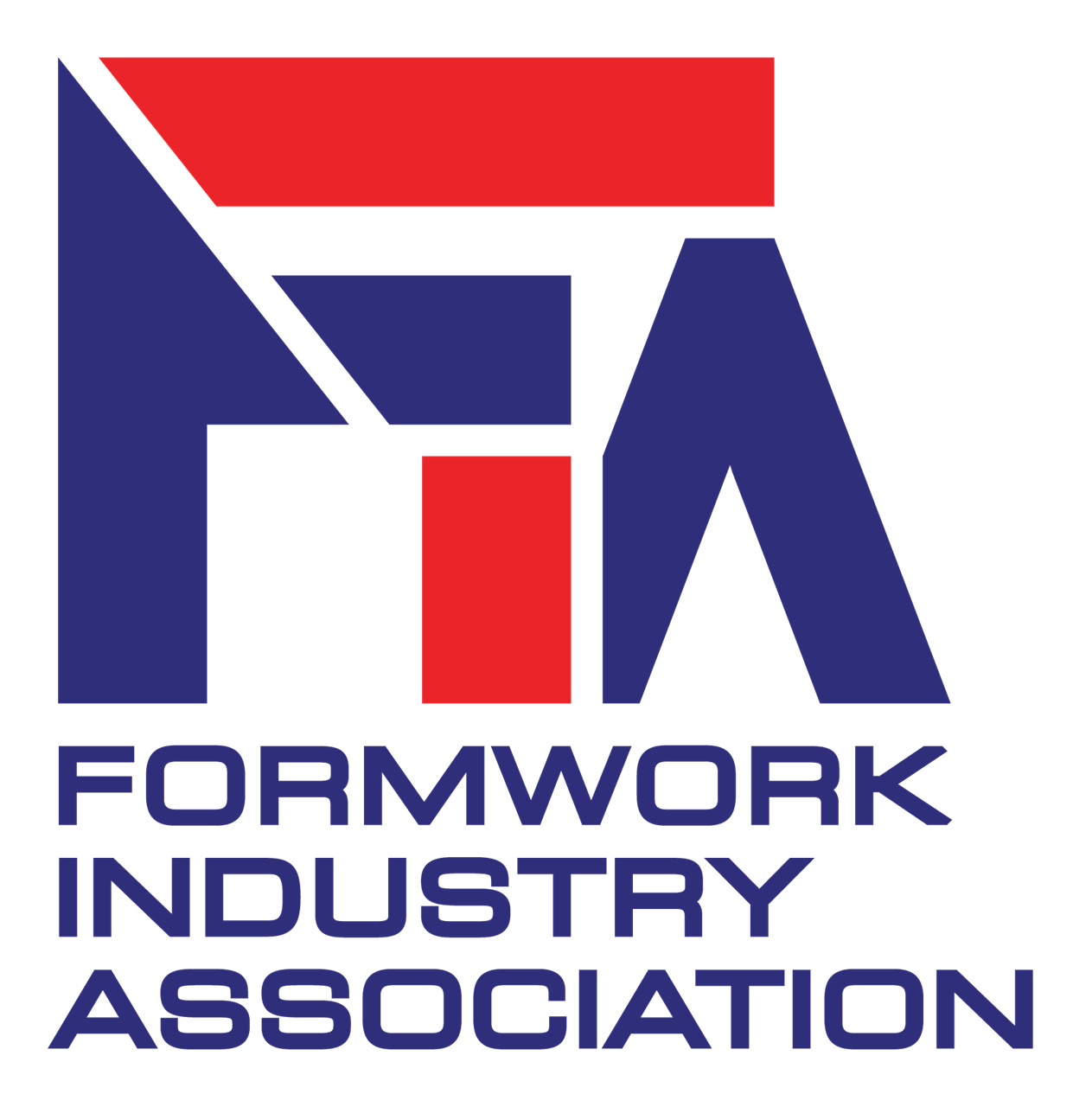Safe Work Australia (SWA) has released guidance materials for persons conducting a business or undertaking (PCBUs) to identify and manage the work health and safety (WHS) risks associated with concrete pumping and elevating work platforms.
Concrete pumping
SWA revealed that there have been a high number of injuries (and approximately 2100 workers compensation claims) and three fatalities associated with concrete pumping in the last five years. Risks associated with concrete pumping include those related to the plant itself, its placement, concrete delivery and by-products such as fumes and noise. PCBUs are urged to do everything that is reasonably practicable to eliminate these risks.

SafeWork SA has also issued a safety alert about the hazards and risks caused by hose whip on concrete pumps, after a worker was struck and sustained serious internal injuries. ‘Hose whip’ describes the uncontrolled and rapid motion of the flexible rubber hose on the end of a concrete placement boom or other concrete delivery lines. The incident occurred on 14 August 2021, when a worker was seriously injured after being struck by a flexible hose in the stomach.
It is believed that workers were cleaning the hose prior to the incident. SafeWork SA has produced guidance on controlling the risks associated with hose whip and will be undertaking a state-wide campaign on high risk construction work (HRCW) from September 2021. HRCW includes work that is carried out in an area at a workplace in which there is any movement of powered mobile plant.
The guidance published by SWA regarding concrete pumping provides information on how these risks can be identified and managed. The new guide about concrete pumping is intended to supplement other information produced by SWA to help duty holders meet their WHS duties and obligations, including:
Elevating work platforms
SWA’s published guidance for managing the risks of elevating work platforms (EWPs) guides PCBUs through the process of identifying the hazards associated with EWPs in their workplace and how to manage the risks to health and safety. There are many hazards and risks associated with using an EWP, such as structural failure, overturning or collapse of the machine, or contact of the EWP with people, plant and structures leading to crush injuries and entrapment. Inadequate ventilation in the areas where EWPs are used, along with restricted working space, falling objects and falls from heights, are also among the hazards associated with using an EWP.
Incidents relating to EWPs have led to death and serious injury, with at least nine fatalities and 355 workers compensation claims during the period of 2015–2019. The guidance supplements other information available from SWA to help PCBUs meet their WHS duties and obligations. It should be read in conjunction with the following:
Image credit: ©stock.adobe.com/au/Redfox1980
Original article from NSCA
